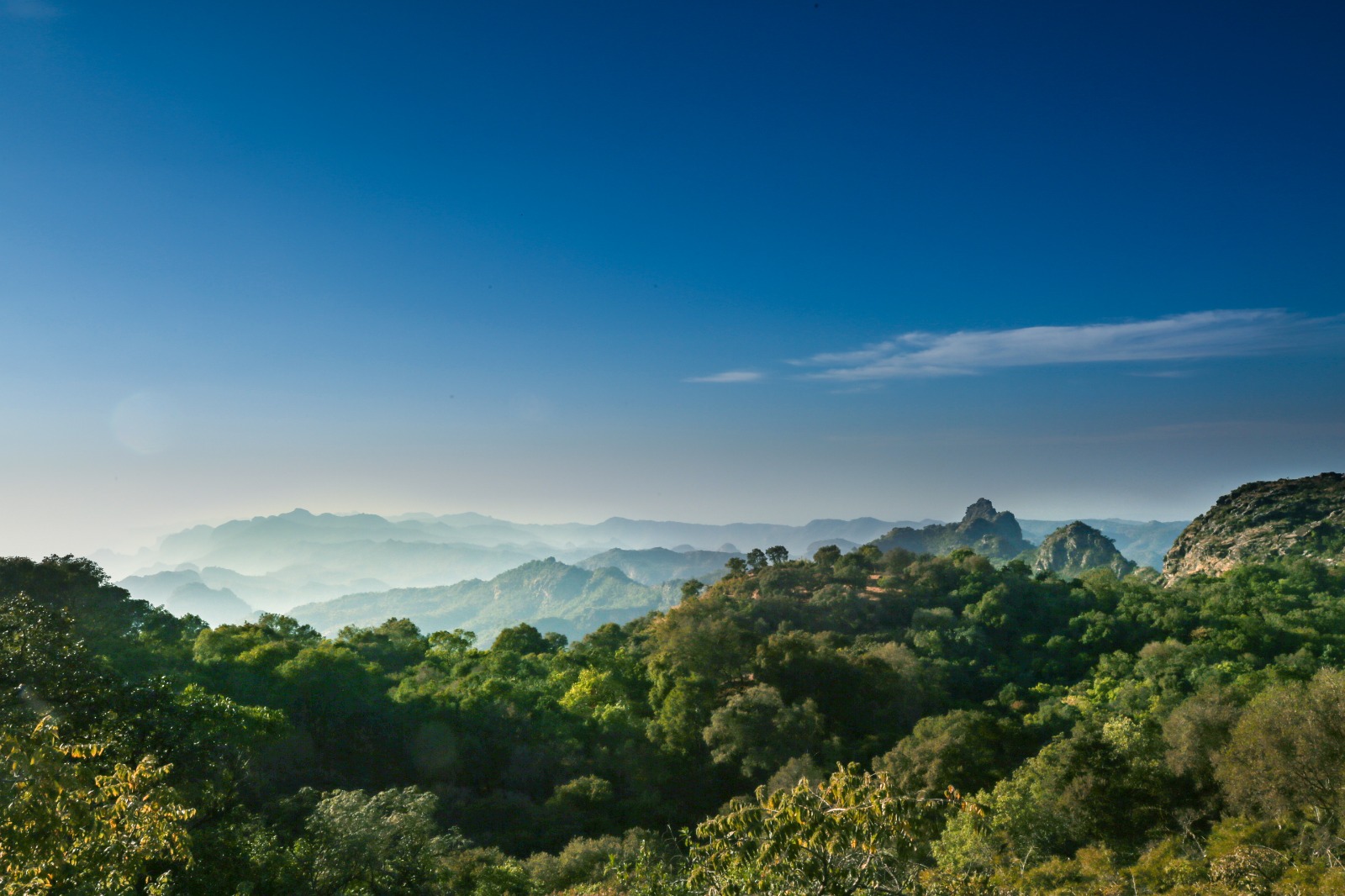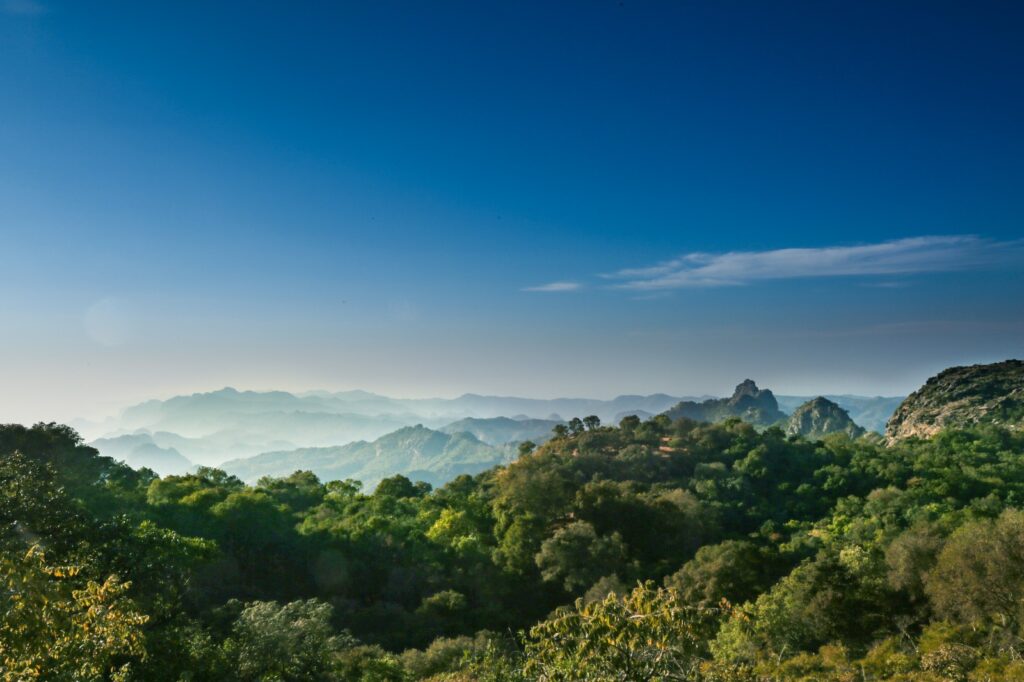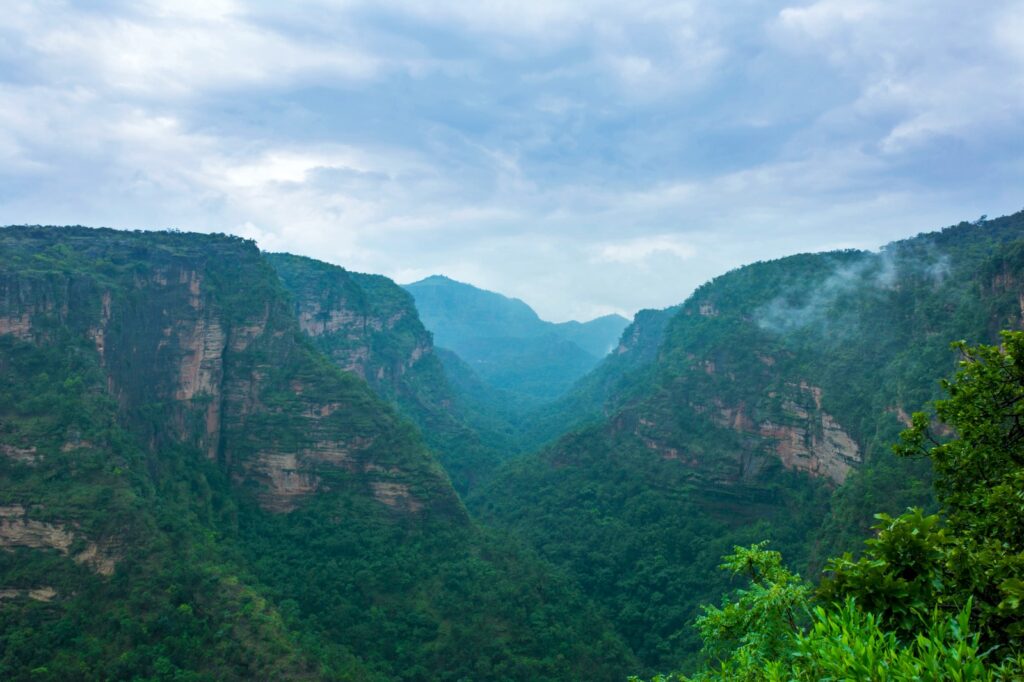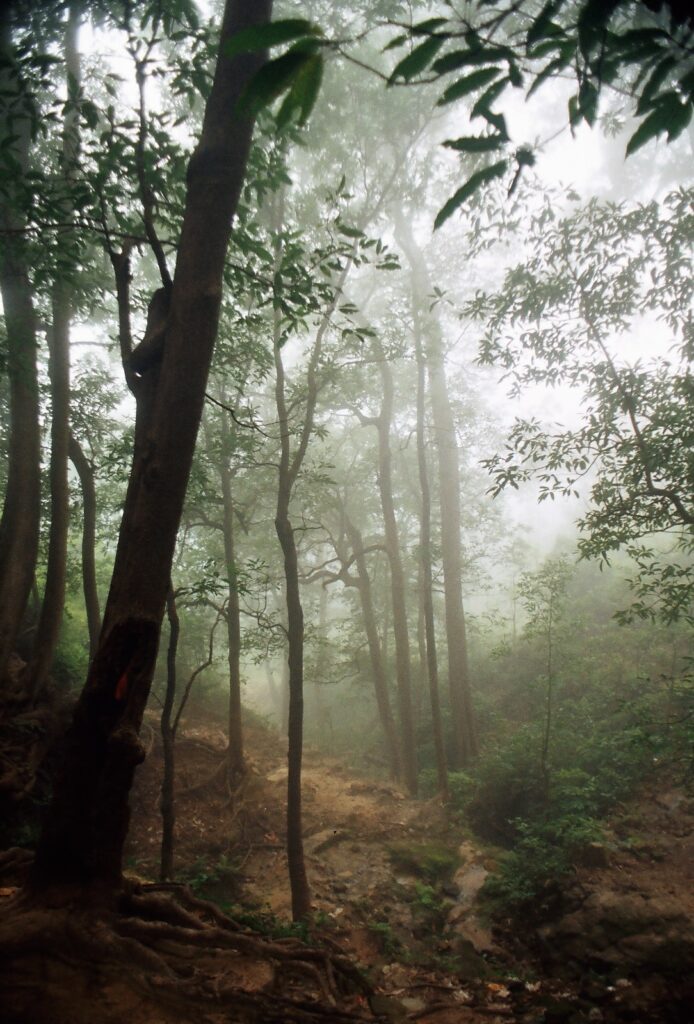
The post Pachmarhi: The UNESCO Biosphere Reserve appeared first on TD (Travel Daily Media) Brand TD.


The Pachmarhi Biosphere Reserve, situated in the beautiful state of Madhya Pradesh, is well-known throughout India. Among the first of the Indian Biosphere Reserves is this one. The Government of India classified the Pachmarhi region as a biosphere reserve based on a project paper created by the Environmental Planning and Coordination Organization (EPCO). The Madhya Pradesh State Government receives assistance from the EPCO.
The lone hill station in Madhya Pradesh, Pachmarhi, is located in the Hoshangabad district in a valley of the Satpura Range or “Satpura ki Rani,” or “Queen of Satpura,” Pachmarhi also has the honour of being home to Dhoopgarh, the state’s highest point, which is 1,352 meters above sea level. Pachmarhi is a part of the Pachmarhi Biosphere Reserve and it was discovered by Captain James Forsyth of the Bengal Lancers and has been the site of a cantonment (Pachmarhi Cantonment) since British Rule. Since Pachmarhi joined Satpura Tiger Reserve in 2000, it has served as the habitat for several endangered plant and animal species. This location is a paradise for bird and butterfly watchers, well-known for its stunning vistas and waterfalls. The Hindi terms “Panch” (five) and “Marhi” (caves), which refer to the well-known Pandav Caves, are said to be the source of the name Pachmarhi. According to legend, the five Pandava brothers of the Mahabharata period constructed these caverns during their thirteen-year exile. Many historical legends, some dating back over 10,000 years, are painted onto the rock in several other caves around Pachmarhi.
On May 26, 2009, Pachmarhi Biosphere Reserve was chosen to be a part of the global network of Biosphere Reserves. Based on a project document created by the Environmental Planning and Coordination Organization (EPCO) Bhopal, an independent organization under the Department of Housing and Environment, Government of Madhya Pradesh, the Pachmarhi area was designated as a Biosphere Reserve by the Government of India due to its distinctive sal forests, rich and diverse flora and fauna, topography, and geographic location, as well as the suppression of the tribal population. On May 26, 2009, UNESCO listed the region as a biosphere reserve on the World Network of Biosphere Reserves.

The Pachmarhi Plateau, at a height of around 1,050 meters, is located in the heart of the Satpura Hills, which runs largely from east to west. The Pachmarhi Hills contain straight areas in the south, which expose bare rocks, and steep slopes in the north. Chauragarh, Handikho, Mahadeo, Dhoopgarh, Jambudweep, and Bee Fall are some of the most notable hilly places. Dhoopgarh, the state’s highest mountain, at 1,352 meters above sea level. Patalkot, one of the most prominent tourist destinations, is located in the Tamia block of Chhindwara District. It is positioned 300-400 meters beneath the cliff. Natural formations are well-known near the northern boundary of the Satpura highlands.
The Pachmarhi Biosphere Reserve, located in central India, is one of the locations with the highest levels of biodiversity, floristic variety, and distinct plant life forms. Pachmarhi Biosphere Reserve is well known as the “Genetic Express Highway” that connects the Eastern Himalayas and Western Ghats, two of the nation’s biodiversity hotspots, as well as serving as a meeting point for both northern and southern plant species.
The Pachmarhi Bioregion is primarily covered in deep forest foliage, which provides a perfect home for wildlife. Several raptors live atop the sheer vertical scarps, including hawks, black eagles, and honey buzzards. In terms of culture, the region is rich. In the past, indigenous people inhabited it mostly. The most backward of these tribes, the Bhariya, are located in the Patalkot area. The main sources of income for the residents of Pachmarhi Biosphere Reserve are tourism, agriculture, raising cattle, and other related activities. There are several cave shelters of significant archaeological value in the Pachmarhi plateau. Inside are some rock murals created by the local tribes.

Visitors can arrive at this Pachmarhi hill station at any time of year. Holidays, festivals, and convenience are the primary reasons why visitors stay in Pachmarhi throughout the year. Since Pachmarhi is a hill station, October through April are the ideal months to visit. This time of year is particularly gorgeous due to the calm environment and plenty of vegetation.
The post Pachmarhi: The UNESCO Biosphere Reserve appeared first on Brand TD.











